On the 3rd April 1987, it took place one of the most important events for the Arts, when the 'Museu Luís de Camões' and the 'Leal Senado', in a ceremony opened by the General Consul of France in Hong-Kong, publicly presented for the first time and for seven consecutive days, in macau, an un-' known painting by the French impressionist master, Edouard Manet, which had been missing since the 1883 inventory.
An excellent catalogue was published on that occasion - including texts in Portuguese, French, English and Chinese, and adequately illustrated - presenting the technical and scientific study of the painting 'Femme Assise (Paysage)', an unquestionable guaranty of authenticity.
Complementing this extraordinary initiative, the catalogue was sent to a large number of Institutions, Museums, Galleries and art experts all over the world, which, through its divulgation in libraries and in the different social circles they control, and making it available to experts and researchers on this subject, have ensured the universality of the event.
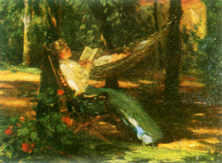
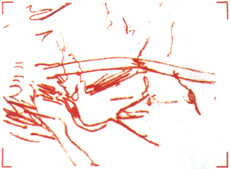
It was also through the catalogue that in June 1987, the 'Museu Luís de Camões' won the two first prizes 'Mouseion Internacional' - those for best temporary exhibition and best edition of catalogues, in an international contest organized in Brazil by the 'Centro de Estudos Museológicos e de Ciências do Homem'.
The world press, as well as other mass media, have followed this important discovery, opportunely giving it the due emphasis.
In the near future, and following the actions already carried out, this wonderful painting will be exhibited internationally, namely in Hong-Kong, Tokyo, New York, London, Paris and Genève, under the sponsorship of entities directly concerned with cultural and artistic areas in Macau.
Once that it is definitely considered that this painting belongs to the universal cultural and artistic heritage, it should be made accessible to a wide international public.
The rediscovery of this magnificent painting is, no doubt, one of the most important recent events in the world of Arts.
And why one of the most important events for the Arts?
Firstly, because 104 years after the death of Edouard Manet, when all his works were supposed to be completely known and identified, there was found lost in time one of his most beautiful works which is also one of the most poetically subtle paintings by the French master.
In the second place, because the public could have for the first time a study of authentication which includes all possible fields of research, exclusively refering to a single object of art.
In fact, a catalogue and sixteen panels have been produced, explaining and illustrating the study carried out on the painting, as well as giving access to objective, unquestionable data, namely the technical, biographical, comparative and scientific proofs which lead to its unarguable authentication. Those thrilling pieces of information, reproduced in the catalogue, illustrate the joint scientific possibilities which are, today, at the service of art restorers and curators.
The book also provides a good description of the Impressionist movement in general, and of Manet's works in particular.
In the 3rd place, because the discovery of this painting-included in item n° 49 of the 1883 inventory under the reference 'Femme Assise (Paysage)' - disclosed important new data for the art historian, on one hand complementing the previously known works by Edouard Manet with one of the most meaningful Impressionist open-air themes, extremely beautiful and inspired; and on the other hand, proving the incorrectness of attributing the designation 'Femme Assise (Paysage)' to another painting by Manet, 'Jeune Fille dans un Jardin' once that it does not portray a landscape; and also for making it possible to interpret the 'Croquis Imprécis' seeing that it undoubtedly served as a basis for the brilliant theme involving Manet's Marguerites.
The story preceding the discovery of this painting by Edouard Manet is, in itself, extremely interesting.
The painting was bought in an auction in Lisbon, where it was announced as an unsigned painting by an unknown author.
As a matter of fact, the heirs of the previous owner had withdrawn another painting from the sale, assuming that it was the 'French painting' their relative had suggested should be kept in the family. Certainly by mistake, another painting was kept, instead of the present, extraordinary one.
Later, when the painting was being cleaned, the signature "Manet" became perceptible, which thrilled both experts and art historians. After such an important finding, the painting had to be thoroughly analysed, so that its origin could be confirmed.
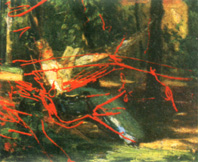 In this series of illustrations, we see the work of Manet of "Femme Assise (Paysagei)" and his "Croquis Imprécis" and the respective juxtaposition where one can see in perfect harmony the sketches of the central figure of the painting.
In this series of illustrations, we see the work of Manet of "Femme Assise (Paysagei)" and his "Croquis Imprécis" and the respective juxtaposition where one can see in perfect harmony the sketches of the central figure of the painting.
And here does a fantastic scientific adventure start, with as much 'suspense' and as exciting as the history of the painting itself.
The invaluable joint participation of the Instituto José de Figueiredo with the Museu Nacional de Arte Antiga, the Calouste Gulbenkian Foundation in Lisbon, besides the collaboration of the Etablishment Public of the 'Museum d'Orsay, the Louvre Museum in Paris and the Department of European Paintings of the Metropolitan Museum of Art in New York, among others, have made it possible to conclude that we are before an authentic painting by the French impressionist master.
Thus, 'Femme Assise (Paysage)' was submitted to intense observation' in natural day-light, surface-parallel light, ultraviolet light, infrared and X-ray. It was thus concluded that the signature correponds to Manet's graphology, was born simultaneously with the painting and is perfectly embodied in it; that in spite of being certainly more than 100 years old, the painting is in good condition; it does not show any conceptual indecisions, being the result of a moment of inspiration and spontaneity, with a technique of small impastations and contrasted light and dark brush-strokes, clearly in the manner of Manet's style.
There followed macroscopic and stratigraphical analyses, which showed that the brush strokes and the paint layers used in this painting are really typical of Edouard Manet.
Also analysed were the canvas fibres and the chemical composition of the paints and binding oil used, undoubtedly belonging to Manet's palette and also present in other painting by this French master.
After the technical-scientific study had been completed and after the conclusion that all available data converged in Manet, there followed a comparative thematic analysis which, again, established an absolute convergence with other paintings by the same artist, as well as with his biography.
In fact, it has even been possible to identify the refreshing, delightful place where Manet portrayed Marguerite, the object of his passion in the summer of 1880.
'Femme Assise (Paysage)' 'Sitting Woman (Landscape)' does, in fact, correspond to the designation which the Paris notaries gave to item n° 49 in the 18th June 1883 inventory, made after the death of Edouard Manet.
It is obvious that the description is too 'cold' and objective, being the language of notaries, who are always more interested in the precision of the words used to describe the object included in the inventory.
However:
- bearing in mind the note, illustrated with a water-colour painting of marguerites and a bumble-bee, which Manet wrote to the young Marguerite, confessing his love, and where the following can be read:
I love you, you shall often hear that, Marguerite, I love you a little, so much, passionately so;
- seeing that, at the time, the main theme of a painting used to coincide with the vertical axis that divided the painting into two equal halves;
- analysing the way how, in the present painting, Manet placed the marguerite-flower and Marguerite-woman at the same distance of the imaginary central axis, i. e., giving them a parallel emphasis;
- analysing also how the light infiltration emphasize both Marguerite-woman and the marguerite-flower:
we shall then understand the whole poetic subtlety of the painting and be in a position to feel it as Manet's 'Marguerites'.
This painting portrays a spontaneous theme, with no indecisions, relaxing and refreshing, born in a warm afternoon of the 1880 summer in Bellevue, out of the feeling which the painter himself manifested to Marguerite, and based on an indecipherable 'Croquis Imprécis' which no one but Manet would have been able to develop.
If there are paintings which, upon contemplation, always give rise to different shades of feeling, or can always disclose new details, then 'Femme Assise (Paysage)' is definitely one of them.
This small garden landscape captivates us. One can really say it is part of an atmosphere we would like to be in -the open air!
The yellows and reds, warm colours in a quiet summer, shaded by the greens of the trees.
Leaves mirroring the reflections of a golden sun.
Sounds of foliage rustling in the light breeze.
The odour of rutted earth, of flower beds and of light green grass, ground of our childhood, blooming of our delights.
Infiltrations of light warming up the bodies.
Child sleeping in its peacefulness.
Reading that feeds us.
Creeping plants donning and comforting.
Wall opened to shelter.
Crossed window protecting the intimacy.
White flower radiant and full of sense.
'Marguerites' of youth, a love poem.
Young woman delighting with poetry.
Esthetically, this painting is a masterpiece.
Its theme is, and will always be, topical.
Translated by Isabel Pedro dos Santos
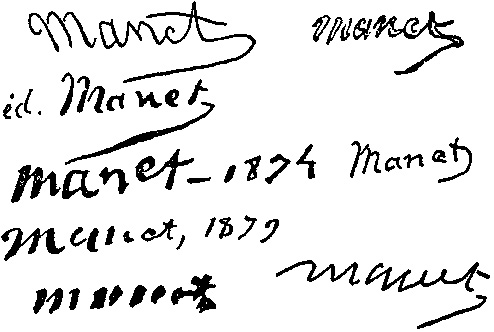
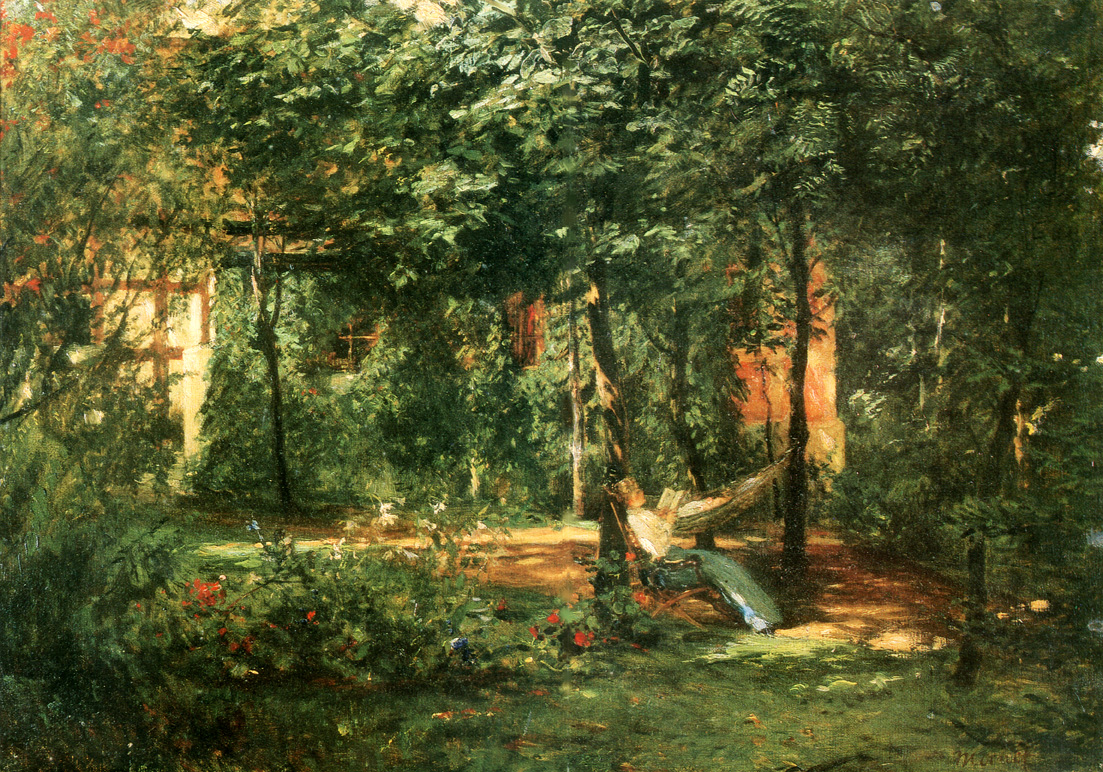
RC special poster Editon of "Femme Assisse (Paysage)" of Edouard Manet
start p. 64
end p.